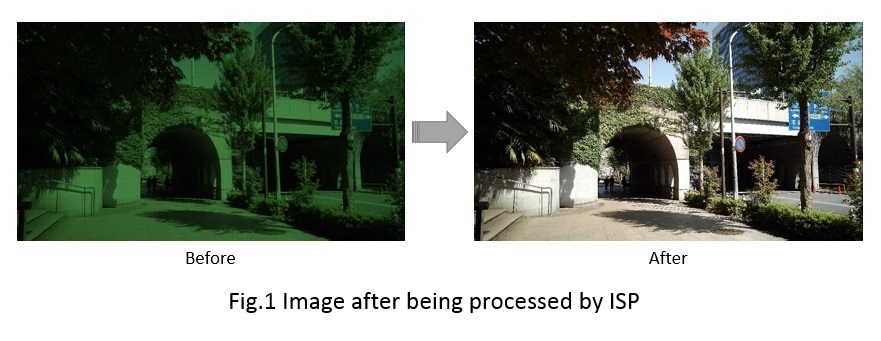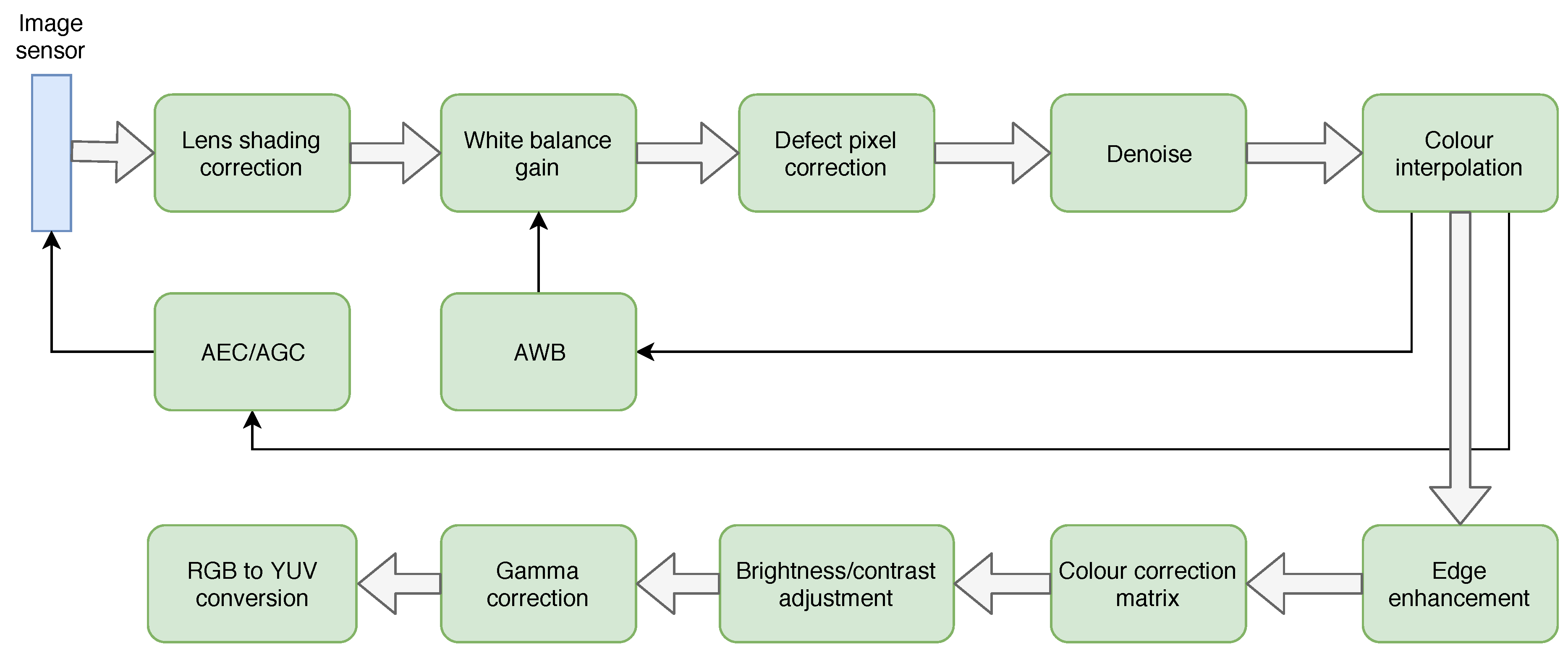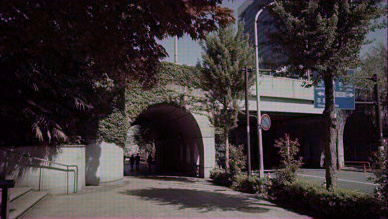Is it really such a tremendous effort on the software side to get a CSI-2 camera working to a basic degree? For example, for plenty of applications niceties like AWB, auto exposure, vignetting correction and distortion correction aren’t required. I’ve got a monochrome OV9281 where I would be satisfied with simply being able to adjust resolution, frame rate, and exposure and stream in raw pixel values via V4L2.
A fairly thorough roadmap for putting the overlay together is out there at https://wiki.t-firefly.com/en/ROC-RK3588S-PC/usage_camera.html
For the kernel driver, the goal is to create an adapter that allows the existing ecosystem of RPi camera modules to be used. With an overlay that identifies the correct I2C and the regulator enable GPIO, is there any reason the existing V4L2 kernel drivers won’t work?
If the camera is used via V4L2, does a tuning file even come into play? I thought that was just used by libcamera, but I admit not knowing about the various image processing pipelines.
If libcamera is of interest, although there are different ISPs in RPi and RK, it appears rkisp1 support (including tuning files for a few cameras) has been added to the repo in recent months.
Just saying it seems like there is plenty of low hanging fruit to get some of the existing RPi MIPI camera modules up and running on RK8588/RK8588S. I’ve got some PCBs in hand for OPi5 and just waiting on a few bits of hardware, so soon I will learn firsthand just how tough it is to get the software stack going.
Now for those looking to offer camera modules commercially: yeah, more polish along the lines of what @Raphael laid out is likely going to be expected from your customers.





